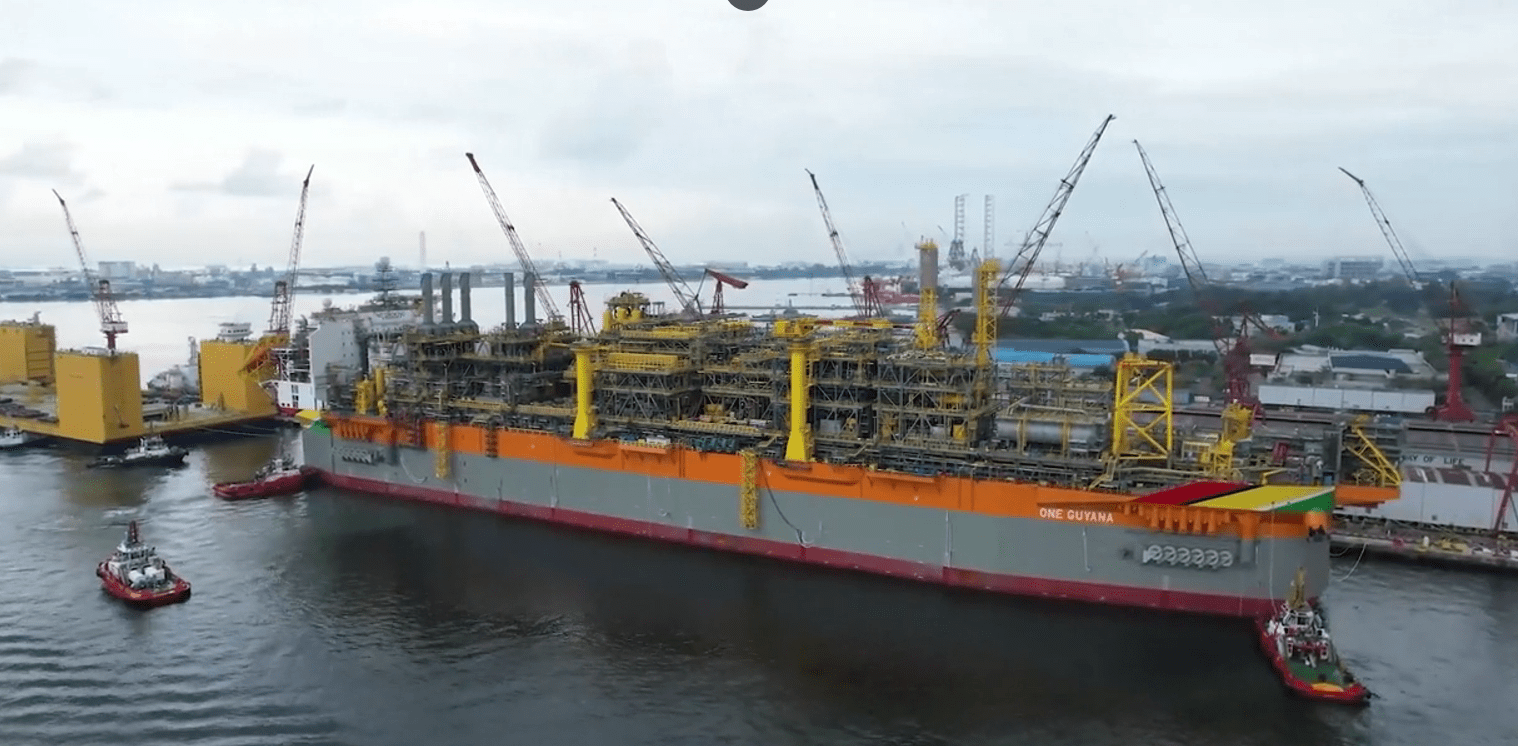According to Norway-based Rystad Energy, the Floating Production Storage and Offloading (FPSO) market saw a 50% increase in investments in 2023, rising from US$6 billion to US$9 billion in greenfield surface capital expenditure. This upward momentum is expected to continue into 2024.
Rystad Energy reported that this growth is mainly concentrated in South America, particularly in Guyana with ExxonMobil’s Stabroek Block developments and Brazil’s pre-salt fields.
Those regions are hosting some of the largest FPSO projects due to their substantial oil reserves in deepwater offshore fields. Several new FPSO contracts have been awarded, and many vessels are currently under construction. These include large FPSOs with production capacities exceeding 200,000 barrels per day (b/d), which will significantly boost global oil production.
“Over the decade, capex for FPSOs is expected to exceed US$70 billion, with approximately 85% of this allocated to projects in South America, Africa, and Asia,” said Oddmund Føre, Head of Offshore Services at Rystad Energy.
Rystad Energy emphasized that the scale of planned FPSO projects in these regions underscores their strategic importance in the global energy landscape.
Brazil’s state-owned Petrobras had announced plans to add 18 FPSOs in five years. Several of them have already been delivered. In Guyana, its largest FPSO to date, ONE GUYANA will be delivered next year. That FPSO is designed to produce 250,000 b/d, handle 450 million cubic feet of gas per day, and inject 300,000 barrels of water daily. Two other FPSOs Errea Wittu and Jaguar – being built by MODEC and SBM Offshore respectively – are each targeting an initial production range of 220,000 – 275,000 (b/d).
According to Rystad Energy, more than 90 FPSO projects are forecast to be approved between 2021 and 2030.



